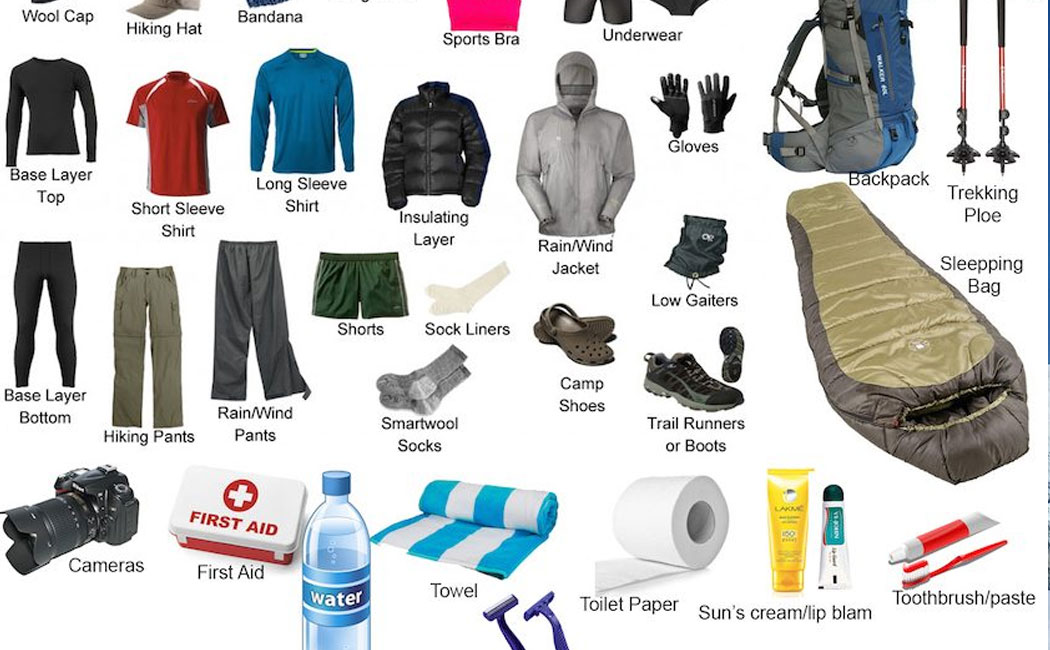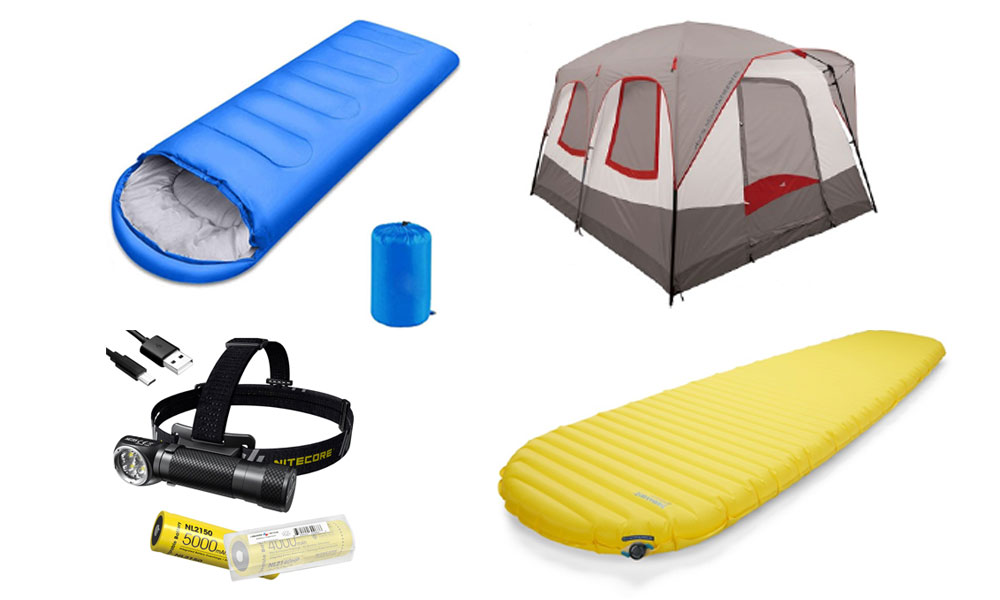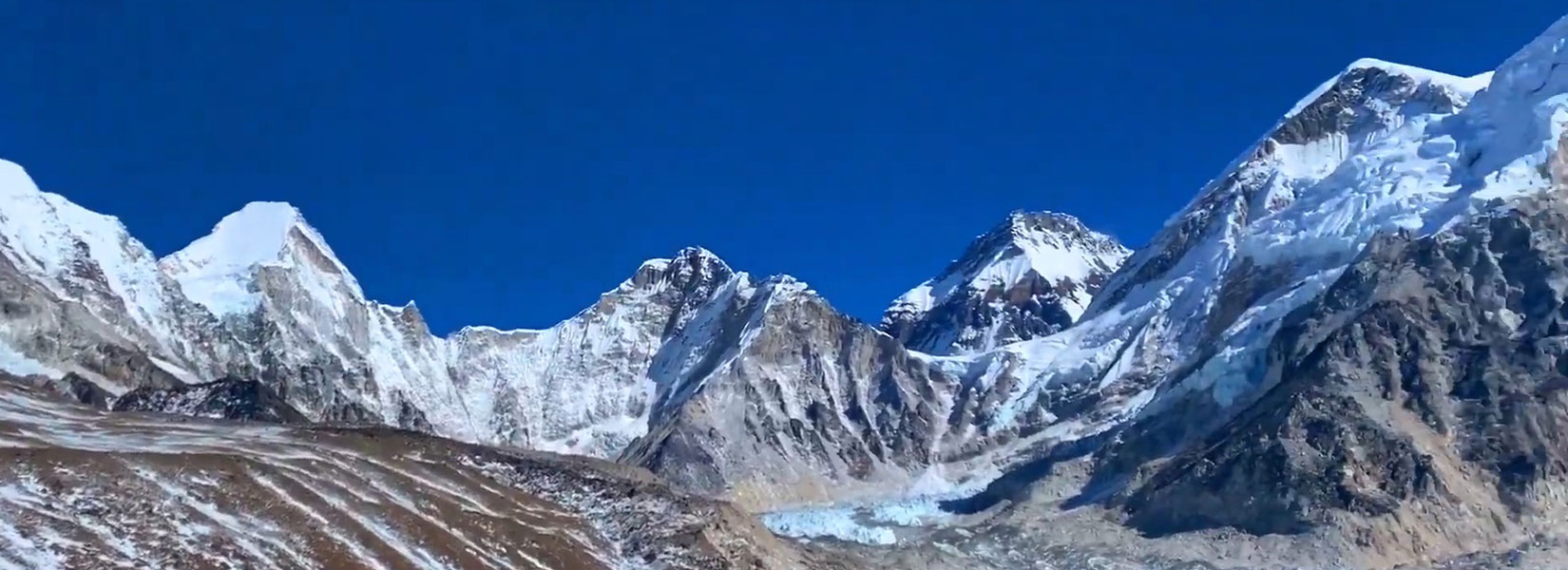For the zestful traveling enthusiasts, holidays to Nepal always include tough hiking alone or in a group. Nepal has many highly accessible amazing trails that include the popular ones Annapurna Base Camp, Gokyo, and Everest Base Camp, which large troops of adventure aficionados visit every year. But, for a safe and enjoyable trek, carrying the correct clothing and ensuring all the essential equipment is highly important. Remember that too much or too little packing can spoil your whole trip. The most important thing is knowing what is too much or too little! And today, we’re here to help you with all the necessary packing lists for Trekking in Nepal.
Trekking in Nepal crops up from the lower altitude in moderate Temperatures to higher altitudes in cold conditions. Dressing accordingly can make your trip more comfortable and enjoyable. Another important attribute is that for how long you will be trekking, as longer treks like the Everest Base Camp would necessitate more clothes than shorter treks like Poon Hill.
What follows the ultimate packing list for trekking in Nepal is that all will cover your absolute essentials and hiking gear required for either difficult or easy trails that will prepare you for your next adventure!
Packing List For Trekking in Nepal
1. Purchase the Newest and Greatest Trekking Gear

The latest trekking technology, which should be waterproof, durable, and lockable, is essential for hiking in Nepal. Duffel bags of 80L size are the best options if you are hiring some porter. Waterproof bags are highly recommended, as your bags might get strapped to the back of the donkeys and yaks.
Independent travelers would take the Rucksack Waterproof Bags with the wide opening on the top. Size depends upon your trekking duration. A Daypack of approximately 30L size is highly suggested for some of the essential items you’re your wallet, passport, water bottles, and snacks.
2. Actual Treks Requires Tangible Camping
A greater sense of Independence and achievement is specified by carrying all the gear that allows you to dive deeper into nature. So, taking your camping gear is suggested if you are considering an adventurous trip to Nepal.
3. Be Very Much Careful about Clothing
In all types of trekking, whether at higher temperature varies drastically during the day altitudes or lower ones; the Temperature varies drastically durinepal is highly recommended. You will need to pile on everything as you hike up to the top, peeling it off layer by layer as you descend downwards. Don’t forget to include the extra sets of night clothes to change at the end of the day. Lightweight T-Shirts, Thermal Vests, Fleece pullovers, Waterproof jackets, undergarments, hiking shorts, pants, tracksuits, and waterproof shell pants are the most recommended clothes you need to have while hiking.
4. Don’t Miss to Add Hiking Footwear to Your Packing List
If you want to invest one thing in advance, invest in a solid, sturdy pair of trekking shoes. Mid or high-cut shoes will make your trip more comfortable and thus enjoyable. Too many heavy leather boots are not suggested as they can make you uncomfortable. Thick warm, woolen socks are required for treks in the colder regions. They will protect you from blisters and excess cold.
Thin Inner Socks: Moisture-wicking socks keep your feet dry, an added benefit while hiking in the rainy season. Cotton socks are not recommended, as highly breathable socks are good for hiking.
Flip flops, river shoes, or camp sandals can be taken for strolling around the camp or tea houses in the evenings. Walking poles help inhibit your knee strains and further help you in balancing. Choose some lightweight, durable, and versatile ones instead.
5. Select Some High-Quality Hand Wear for the Perfect Hiking
Fleece Gloves- Lightweight: These can be inner gloves during moderate temperatures.
Fleece Gloves-Heavyweight: These gloves are highly required for extra warmth during the colder Temperature. Waterproof and durable gloves will shield you from rain, Snow, and wind.
6. Don’t Forget to Keep Proper Head Wear in Your Kit
Woollen Hat: During the cold Temperature at higher altitudes, you may require woolen hats to protect your head from the cold.
Sun Hat: To protect yourself from sunburns, you will require having the Sun Hat instead during sunny days.
Scarfs: Scarfs can keep you from dust and winds at lower temperatures.
Sunglasses: Due to the thinness of the air, UV Protected sunglasses are the highly recommended options. High-Intensity UV Sunrays at higher altitudes harm your eyes; hence you must use the sunglasses that best protect you from them.
7. Be Specific in Adding Sleeping Accessories to Your Packing List

Sleeping Bags: Due to the extremely cold nights in mountain areas, blankets provided by the lodges are not enough. Thus, duck or goose-down sleeping bags are the ones that are highly recommended. Your sleeping bag must possess an insulated hood, and it should fit perfectly to your body.
Sleeping Pillows: They provide the best comfortable layer between you, enabling you to sleep perfectly.
8. Never Skip Sun-protection!
At higher altitudes, the sun becomes scarier and strong. So, be sure to pack an ample sum of strong sunscreen lotions and face washes that can protect you from UV rays. Hats and sunglasses are also useful during such excessive UV rays.
9. Include a Separate Camera Bag in Your Packing List
A separate camera bag for separate cameras and multiple lenses can be taken for easy access. Camera bags with waist belts are suggested that allow the bag’s weight to rest on the hips than on the shoulders.
A Dry Sack can be carried along as you never know when it will rain or Snow. A dry sack will help you dry your gear in the worst conditions.
Other Personal Equipment that is most important to be added to your Packing List for Trekking In Nepal
1. Moisturizing Skin Creams and Lip Balms
During trekking in Nepal, You will experience extensive dry and sunny zones that may dry your lips and skin. Thus, high-quality lip balms and moisturizers are required to keep your skin moist and healthy.
2. Water Bottles
During Hiking in Nepal, the essential thing is always to remain well-hydrated. It can only be done if you have plenty of water. Buying water bottles at every route would be quite a costlier affair. Thus, you must arrange to carry your water bottle that can be refilled with clean and filtered water as and when possible. It will be a much easier and more beneficial offer. 
3. Water Purifiers
Sometimes, you don’t get filtered water during your trial. Thus, in that scenario, it would be convenient to take water purifier tablets, i.e., iodine drops chlorine, which can purify your water.
4. Wet Wipes
A very quick and easy way to clean yourself, Wet Wipes are highly recommended for some places where you don’t get enough water to clean yourself.
5. Hand Sanitizer
An easy and quickest way to cleanse yourself from the plenty of dust and dirt of the trails would be Hand Sanitizers. They must be kept on priority.
6. Head Torch
Some of the remote trekking trails don’t have enough electricity and light facilities. Thus, in that case, the torch on your head may be the only light source during the night or in the tents. Keep them along. 
7. Pain Relievers
Due to some environmental changes, every adventure geek gets some sort of headache. Thus, keeping the painkillers that suit you may provide great relief from any kind of pain.
8. First Aid Kit
A proper First Aid Kit must be kept along in case you meet with some accident or injury during hiking in Nepal; they will be the only medical facility to use. This may include band Aids, Bandages, cotton, Dettol, ointment, and medications.
9. Toiletries
It is suggested to bring your toiletries like toothbrushes, toothpaste, and toilet paper along. It will prove helpful for you as it is not sure you may get them at the different places you go to.
10. Towels
Personal towels are essential for personal hygiene, as some tea houses don’t even provide them. Thus, it would be best if you made your prior preparations.
11. Snacks
It’s sometimes good to have snacks while hiking, even if you get meals at your trek. Snicker Bars, Granola Bars, Energy Bars, Peanut Butter, crackers, chocolates, cookies, Glucose, and some salty and sweet food can be added to your kit.
12. Silicone Earplugs
You never know which kind of place you get to sleep during your trekking. There might be noises from roosters or fauna that may disturb you. In such conditions, earplugs can rescue you from noises, giving you the perfect healthy sleep.
13. Medicines
Be sure to take some basic medicines related to flu or allergy as you will be miles or days away from your doctors. Sinus infections and Gut Bacterial infections are most common during hiking in Nepal. Thus having these basic medicines may help us resolve such medical issues. Aspirin, Amoxycillin, rehydration packets, and duct tape can be added.
14. Batteries and Memory Cards
You usually don’t find enough electricity along your trekking route. Thus Power Banks and extra memory cards for your camera are suggested. Extra Batteries for cameras are really useful.
15. Padlocks
Don’t forget to bring padlocks to lock your trekking backpack while walking or strolling.
The items listed above can be varied according to the seasons and duration of the trek. Packaging only the necessary items is suggested to keep the weight to a minimum level. Be prepared for the unpredictable weather conditions during trekking in Nepal as a day can commence sunny and later may become windy or cold at height. Rain and Snow can also create hindrances during your trek. Thus pack your luggage accordingly.
Gear up with this ultimate packing list for trekking in Nepal, and enjoy your favorite trekking tour to the best!
Do you’ve any suggestions regarding the trekking in Nepal packing list? Never hesitate to leave us a comment. We appreciate it!!
You may also like:
- Manaslu Circuit Trek Packing List
- Packing List For Everest Base Camp Trek
- How to get Best Travel Experience in Nepal?



